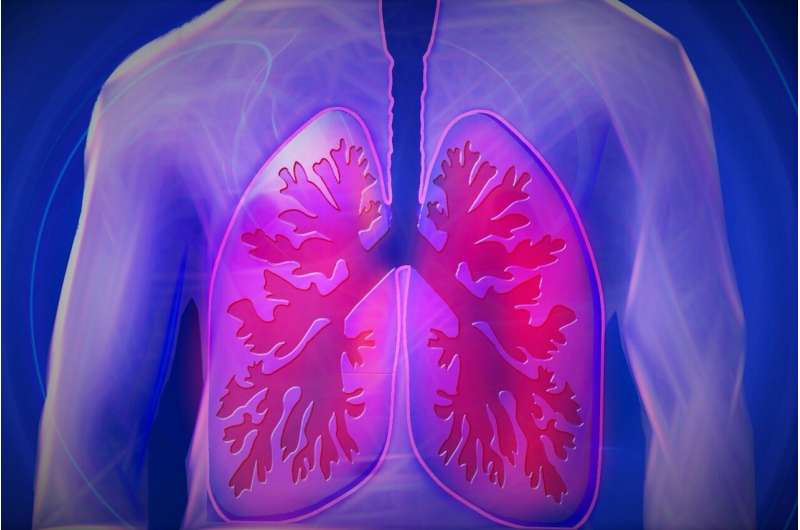Significant Improvements in Long-Term Survival for Patients with Chronic Thromboembolic Pulmonary Hypertension

Recent research highlights significant improvements in long-term survival rates among patients with chronic thromboembolic pulmonary hypertension, driven by advances in surgical and medical treatments over recent decades.
Chronic thromboembolic pulmonary hypertension (CTEPH) is a condition characterized by elevated blood pressure in the lungs due to blockages, such as blood clots, in the pulmonary arteries. Despite advances in treatment options over recent decades, understanding of long-term patient outcomes has remained limited.
Recent research from Japan has examined patient data spanning from 1980 to 2023, revealing notable improvements in prognosis over time. Historically, patients diagnosed with CTEPH faced poor outcomes owing to limited therapeutic options. However, advancements in surgical techniques and pharmacological treatments have transformed the landscape.
Treatments like pulmonary endarterectomy, which involves surgically removing clots from the lungs, have become more effective. When surgery isn’t feasible, balloon pulmonary angioplasty provides a minimally invasive alternative to widen narrowed blood vessels. Additionally, combining these surgical methods with medical therapies in a multimodal approach tailored to individual patients has shown to enhance outcomes.
The study, published in the European Respiratory Journal, analyzed 834 patients categorized by three eras: early (1980–1999), middle (2000–2010), and recent (2010–2023). The findings demonstrated a significant improvement in survival rates: 68% of patients survived five years in the early era, rising to 85% in the middle era, and reaching 93% in the current era.
Furthermore, the proportion of untreated patients decreased markedly—from 65% in the early period to just 3% today—while the adoption of multimodal treatments increased from none to 58%. Lead researcher Takatoyo Kiko emphasized that these trends reflect increased treatment access and therapeutic strategies.
Although these findings are based on a single center in Japan, they offer hopeful insights into the future management of CTEPH. Ongoing advancements in therapies are expected to further improve patient survival and quality of life in coming decades.
Source: https://medicalxpress.com/news/2025-07-prognosis-chronic-thromboembolic-pulmonary-hypertension.html
Stay Updated with Mia's Feed
Get the latest health & wellness insights delivered straight to your inbox.
Related Articles
New Fibroblast Type Identified as Key Player in Overgrown Scar Formation and Recurrence
Researchers identify a new subtype of fibroblast expressing PIEZO2 that may be responsible for the formation and recurrence of keloids, offering hope for targeted treatments of overgrown scars.
Innovative Electrical Stimulation Technique Predicts Nerve Injury Recovery Outcomes
A groundbreaking study reveals how intraoperative electrical nerve stimulation can predict recovery potential after acute nerve injuries, aiding in personalized surgical decisions.
Validation of AI Lung Cancer Risk Model in Black-Dominant Population Shows Promising Results
A new study validates the effectiveness of the AI-based Sybil lung cancer risk model in a racially diverse population, demonstrating high predictive accuracy and potential to improve early detection in underserved communities.
Rise in No/Low Alcohol Beverage Market Driven by Heavy Drinkers
The UK's no/low alcohol drink market is booming, especially among heavy drinkers, raising questions about public health impacts and affordability. Learn more about recent research insights.



